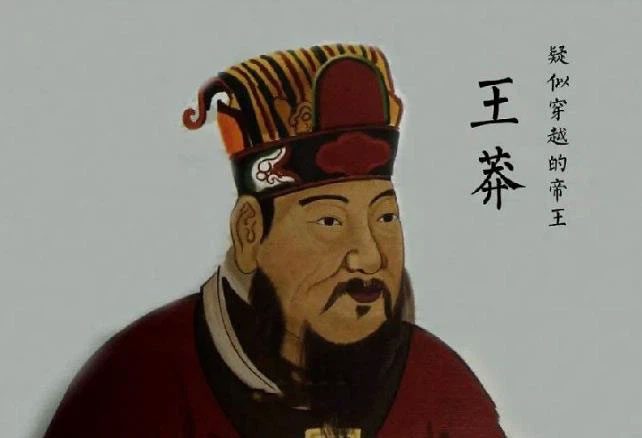In ancient China, precious metals such as gold, silver, and copper were widely used as currency both domestically and internationally. Even with the advent of “jiaozi” – the first paper money of ancient China, the use of gold, silver, and copper remained very common.
The evolving history of currency over 5,000 years of Chinese civilization serves as a thread connecting us to the past and to the development of human civilization. Changes in currency not only reflect the economic development of each dynasty but also showcase the skill and craftsmanship of artisans of that time.
Although the purity of ancient gold is far inferior to modern gold, its value is significantly higher than that of contemporary gold. This difference is, of course, derived from its immense historical and cultural significance.
Finding Gold While Digging a Well
In 1990, a farmer in a small mountain village on the northeastern outskirts of Xi’an, Shaanxi Province, China, was digging a well to irrigate his parched vegetable garden. When he dug down to a depth of 3 – 4 meters, his shovel unexpectedly hit a hard object. Carefully using a spade to unearth the soil, he discovered a large pile of “gold cakes.” The total amount of gold he unearthed that day amounted to 60 kilograms.
Excited, he took the gold to the bank to inquire about its sale price. However, when the bank staff saw the ancient shapes of the gold pieces, they immediately called the appropriate authorities for inspection. Experts were brought in and confirmed that the round, concave gold pieces he found were indeed coins from the Western Han Dynasty.

Close-up of the gold piece. (Source: Sohu).
According to Chinese law, anyone who finds cultural relics or historical sites underground within the territory of China must surrender them to the state.
Under the persuasion of the Cultural Heritage Bureau, the farmer’s family submitted the entire 60 kilograms of gold coins. To commend his actions, the Bureau ceremoniously awarded the family 500 yuan (1.7 million VND) along with a commemorative flag.
Gold Collected by Wang Mang
After consulting historical records, experts discovered that these gold coins were minted at the end of the Western Han Dynasty and were reserves in the treasury of Wang Mang’s court.
Wang Mang (45 BC – 23 AD) was a powerful minister of the Han Dynasty who later became the only emperor of the Xin Dynasty, a dynasty that interrupted the long history of the Han Dynasty for 16 years.

Portrait of Wang Mang. (Source: Sohu).
From his role as a high minister in the Han court, Wang Mang gradually seized the highest positions, manipulated the court, and ultimately usurped the Han throne, founding the Xin Dynasty. However, just 16 years later, the Xin Dynasty collapsed with the death of its first emperor.
During Wang Mang’s administration, the court advocated for the nationalization of currency and strictly limited the circulation of precious metals in the market. Therefore, besides appropriating the gold in the Xi’an treasury for himself, Wang Mang also ordered the collection of private gold from the populace.

The collected gold on display in a museum. (Source: Sohu).
According to the “Book of Han – The Biography of Wang Mang”, it is estimated that in 15 years, Wang Mang collected 300 tons of gold, but the location of this enormous treasure remains unknown.
The gold that the farmer in Shaanxi discovered is very likely part of the gold that Wang Mang gathered during those 15 years. The farmer found 60 kilograms, and experts suggest that more than 200 tons of gold could still lie hidden underground.
Wang Mang died in 23 AD, which was also his 15th year of reign. After his death, many sought to uncover the location of that enormous treasure, but to no avail. Experts even suspected that the old farmer might have known some secret information, but it turned out he was just lucky to stumble upon it.




















































